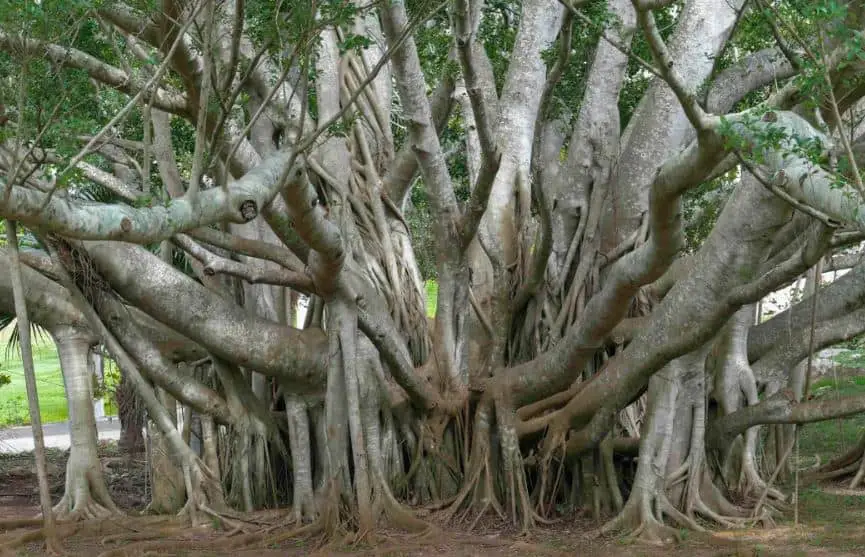Nothing like trees makes a property more inviting to nature. Trees that provide shade, bloom, provide fruit, or form hedges of evergreens all have their allure. In addition to offering texture and color, trees also attract animals. But only some trees are suitable contenders. At least in certain climates, some are invasive. They overtake or shade out natural flora when they escape cultivation and spread to wild regions. Several of these trees are considered invasive, yet others just as harmful to the ecosystem go undiscovered.
Are you prepared to learn more about invasive species to protect the environment? These are six trees you must never plant in your yard. Add them to your list.

Invasive Trees
- Norway Maple: The Norway maple (Acer platanoides) is a very shade-tolerant tree, and one of the most widely grown cultivars is called “Crimson King” because of its deep purple leaves. Because of its strong wind-borne seed production and shade tolerance, it has become an invasive plant in certain regions, such as the Northeast. Compared to local native trees like sugar maple, Norwegian maple performs better. Although saplings may be chopped with a weed lever or pulled up by hand, re-sprouting will occur, so that follow-up will be required.
- Siberian Elm: This invasive species (Ulmus pumila) may reach heights of 70 feet (21 meters), and it has tiny, green leaves, winged, spherical fruit that hangs in clusters, and green flowers that emerge before the foliage. In regions with poor soil, it grows quickly with little rain. Because of this, it may enter and swiftly take over damaged plains in a few years. The species is resistant to Dutch elm and has a good seed germination rate. It is difficult to identify since it pollinates native elms via cross-pollination.
- Autumn Olive: Eleagus umbellata is a shrub that brightens up the yard with its bright red berries, which are also very well-liked by animals. It may reach a height of 20 feet (6 meters), and hungry animals like birds and mammals spread the berry seeds extensively, giving rise to its invasive status. The Tennessee Exotic Pest Plant Council lists the invasive autumn olive in the Serious Threat category.
- Princess Tree: The Princess Tree (Paulownia tormentosa) is a beautiful tree with upright clusters of pink or lavender flowers and heart-shaped leaves. Thousands of seeds are released from the dry, brown capsules by those magnificent blossoms in the autumn, and those seeds swiftly germinate and grow up to 15 feet (5 meters) in height every year. Once established, it is hard to eradicate.
- Mimosa: While native to Asia, the silk tree (Albizia julibizin), sometimes known as mimosa, may be seen growing along highway & powerline rights-of-ways and woodland boundaries. When first used as an ornamental, the Tennessee Exotic Pest Plant Council rated it a “Severe Threat.” This member of the bean family has broad leaves, pink, thread-like blooms, and many flat seed pods that resemble beans and are filled with numerous long-lasting seeds. When it is trimmed back, it shoots ferociously, much like other invasive bushes.
- Tree-of-Heaven: Ailanthus altissima, often known as the tree of heaven, was first brought to this nation in the 1780s as a street tree. It swiftly grew to be 80 or 100 feet (24–30.5 m) tall. It can tolerate smoke and soot, grow in poor soils, and slowly expand throughout North America. The high number of winged fruits it produces, each with a single center seed that spreads easily, has led to it being classified as invasive in at least 30 states. After being pruned, the tree rapidly produces new branches from its roots.


